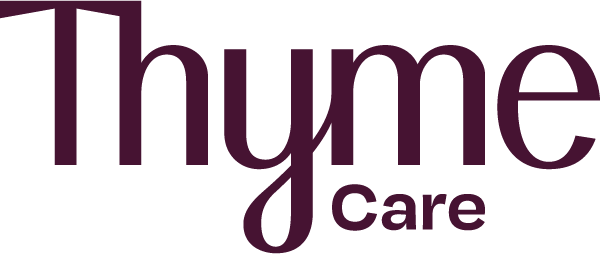Article
Is Your Practice Ready for MIPS Reporting? Here's a Checklist
Author(s):
A checklist to prepare for and submit documents for Merit-based Incentive Payment Program (MIPS) reporting under CMS' Quality Payment Program.
Your practice is already gathering the data on the measures for the Merit-based Incentive Payment Program (MIPS) reporting under CMS’ Quality Payment Program (QPP). But how do you know you will have all the documentation in place and not scrambling at the end of the year? A documentation checklist would come in handy, especially if you are one of the thousands of practices audited after data submission.
The steps to prepare for data submission, and a brief explanation, are outlined below:
Data Submission Preparation (How Will You Report Your Data to CMS?)
- Decide if your practice will be reporting as individuals or as a group
- Weigh which method(s) are best for your practice and document the submission method information for all categories The methods available for submitting include electronic health record (EHR), Qualified Clinical Data Registries (QCDR), Consumer Assessment of Healthcare Providers and Systems (CAHPS) survey, claims, etc.
- Establish an Enterprise Identity Management (EIDM) account with a security official or individual practitioner role for reporting through the QPP website.
- Confirm with your EHR vendor the reporting methods they support.
- If you work with a registry, confirm fees for reporting, deadlines (which are often different than the CMS deadlines), and the file types they accept.
EHR Readiness and Implementation
- Contracts or license agreements for the Certified Electronic Health Record Technology (CEHRT) used in your practice.
- Verify on the Certified Health Product IT list all the measures that your EHR is certified for. Download the pdf and print the certified measures for your EHR.
Eligible Clinician and Group Information (Who Should Submit MIPS Data?)
- List of your clinicians’ National Provider Identifier (NPI) and billing Tax Identification Numbers (TINs).
- CMS provided a tool to check the eligibility status of your clinicians. Enter the NPI of each clinician here to see immediate results.
Advancing Care Information (ACI) Documentation
- Printed report from your EHR of the ACI measures with calculations for each eligible clinician, including the EHR vendor logo. If your EHR vendor logo is not on your EHR reports, collect screenshots of the workflow for each measure reported.
- Documentation for public health measures from state agencies (if data were submitted).
- Documentation from specialized registry for specialized registry reporting (if data were submitted).
- Security Risk Assessment (SRA) should be performed or reviewed for the performance year (This has been the most audited activity by CMS.) The SRA must be completed by your practice, not your EHR vendor.
Quality Measures Documentation
- If you report via EHR, get a screenshot or print out of your quality submission on the QPP website, which includes the category score, the list of all measures reported, and any earned bonus points.
- If you report via registry, make sure to document the registry confirmation you receive stating your data was submitted to CMS. Request a performance scorecard from your registry to include in this documentation.
- If you report CAHPS data to supplement your quality submission, maintain a copy of the data submitted to your vendor. To ensure your survey vendor is CMS-approved, you may review the complete list here.
- If the practice is reporting as a group, it is important to review the list of connected clinicians at your TIN to ensure your submission will cover all clinicians at your practice and no one is inadvertently left off the list.
Improvement Activities Documentation
- Submission report that details specific activities performed. (CMS offers an informational tool to estimate if you are choosing a full set of activities for your improvement category. You should note that this tool is not used for submitting your activities.)
- Evidence/screenshots that your clinicians completed the activities being submitted for the specified time period for each activity.
- If you choose activities that require CEHRT, maintain documentation that the activity was completed in your CEHRT for the same timeframe.
Documentation maintenance is paramount to your success, should your practice/eligible clinician be selected for an audit. A Book of Evidence is critical for organizing and keeping everything together year after year of successful regulatory reporting, and can help a practice retain several thousand dollars received in incentives. Having proper documentation can be the peace of mind you need to focus on more patient-centered priorities for your practices. Practice administrators can relax, knowing they have done their due diligence. When they receive an audit notice, having the Book of Evidence ready can avoid scrambling and would only require an upload of files to the auditor.
CMS recommends maintaining documentation for at least 6 years for each year of attestation/submission of data. The Book of Evidence should be kept in both hard and electronic copies and stored alongside your updated HIPAA policies/procedures and training materials for best practice and organizing efforts.





